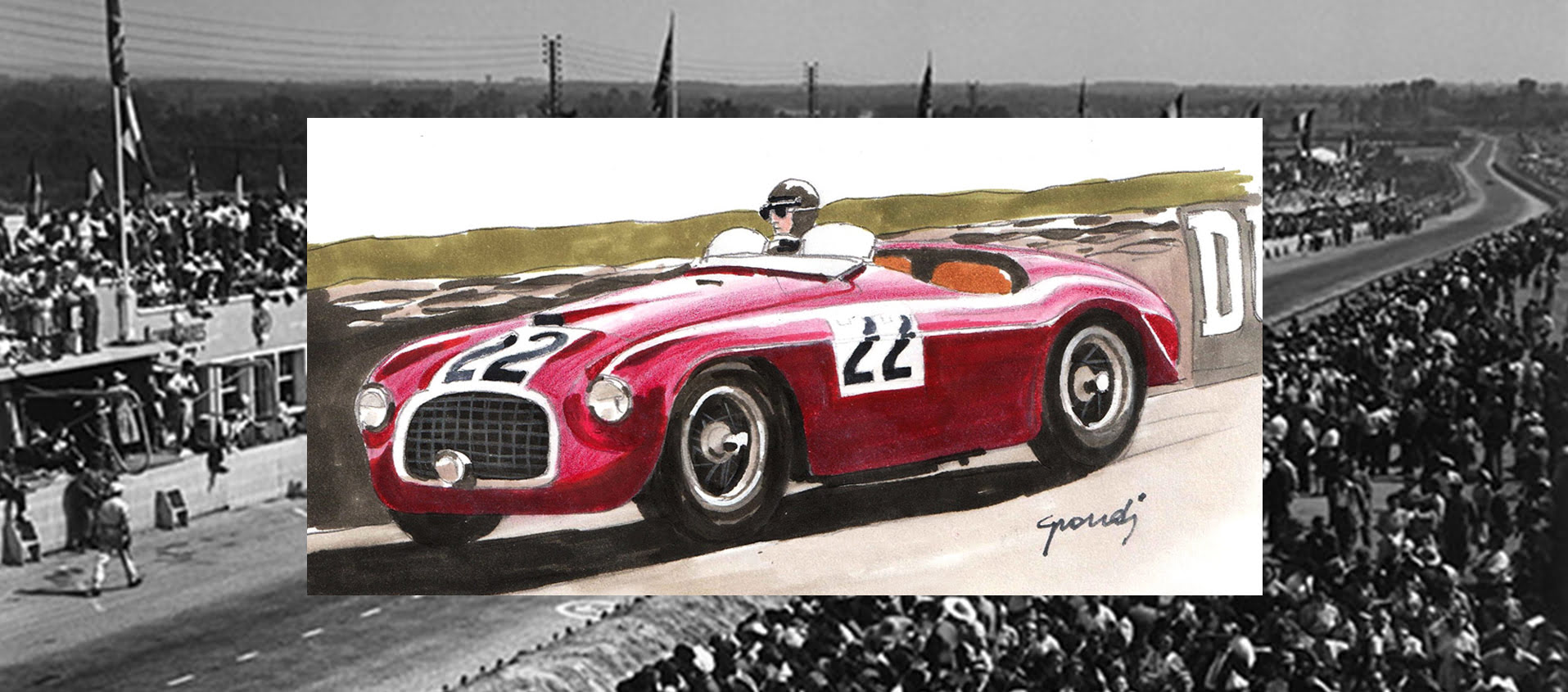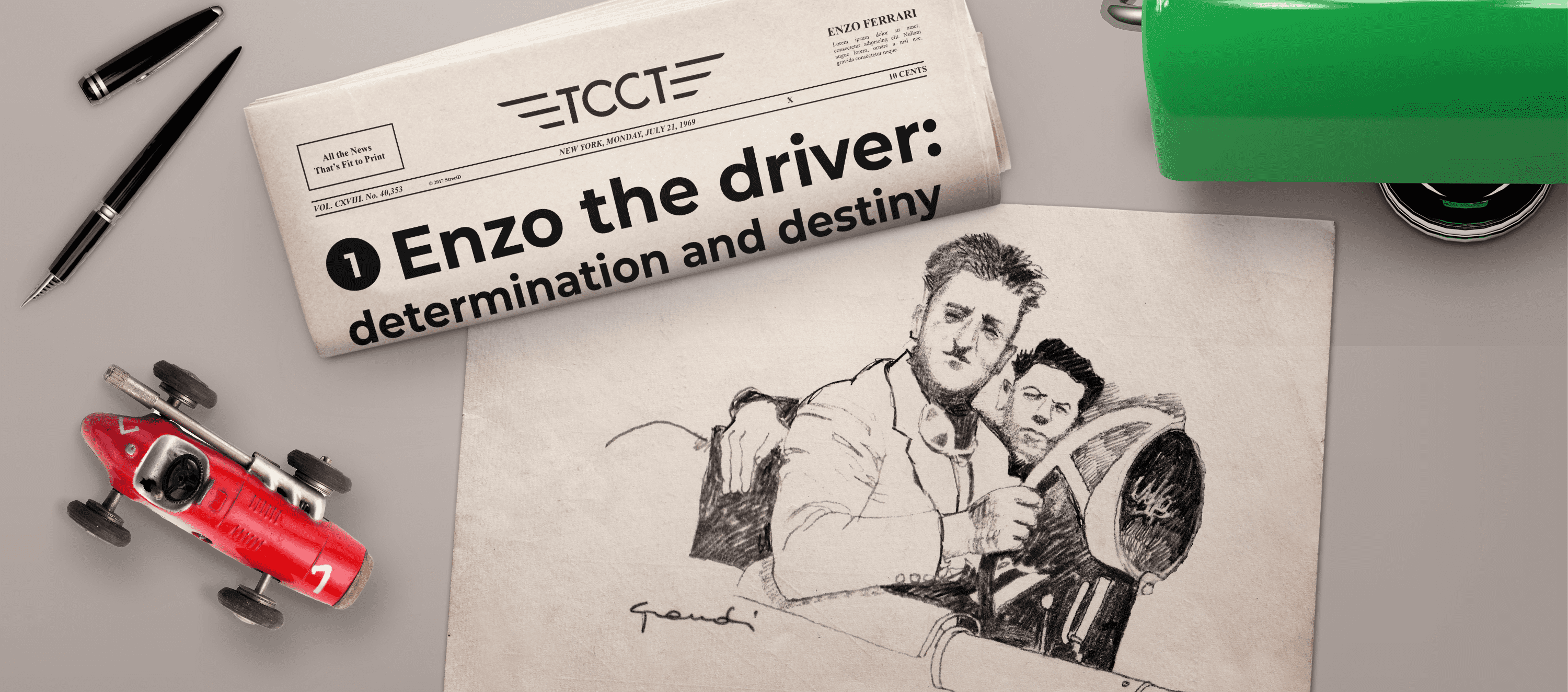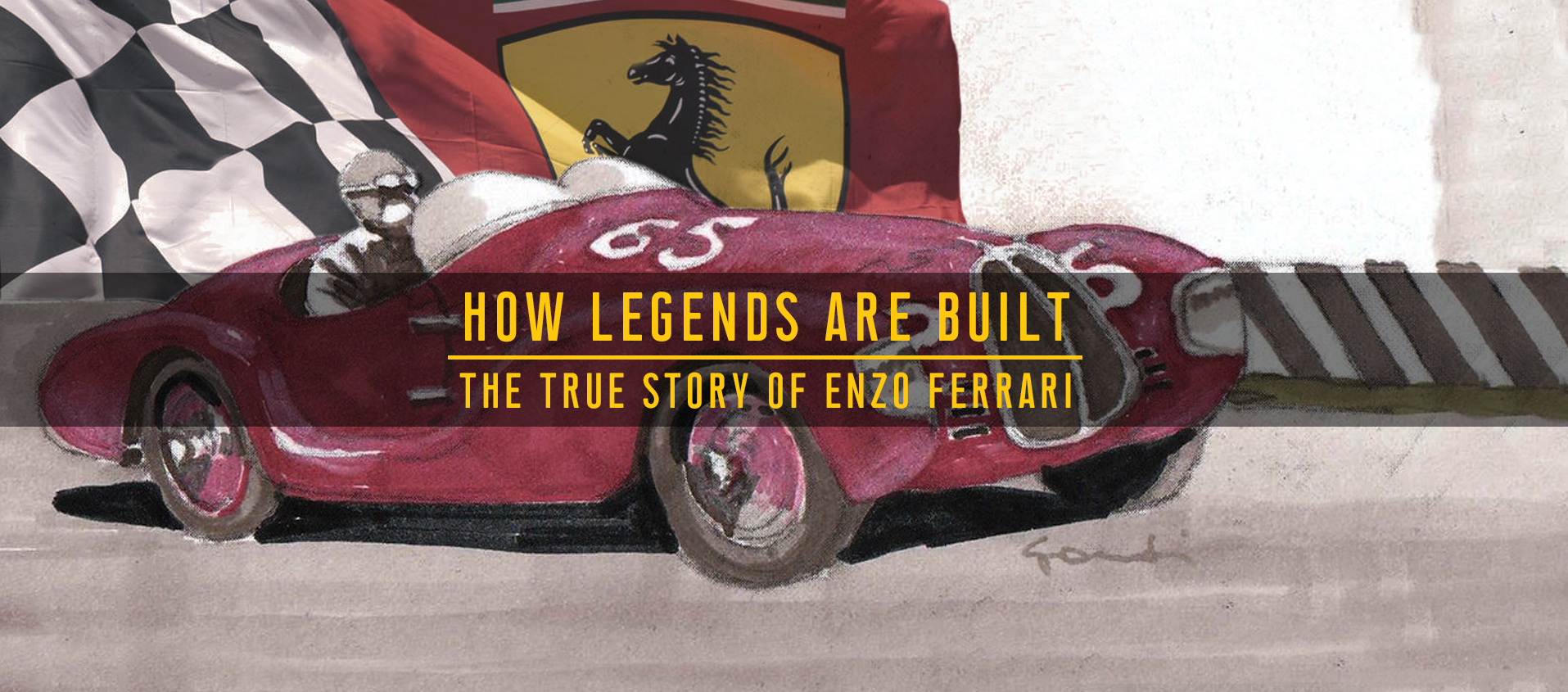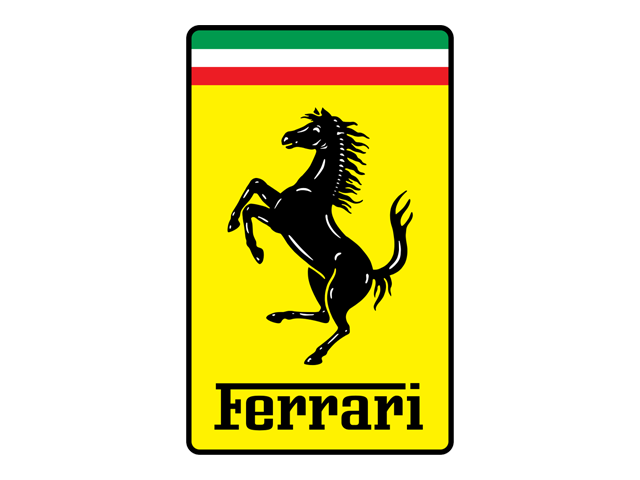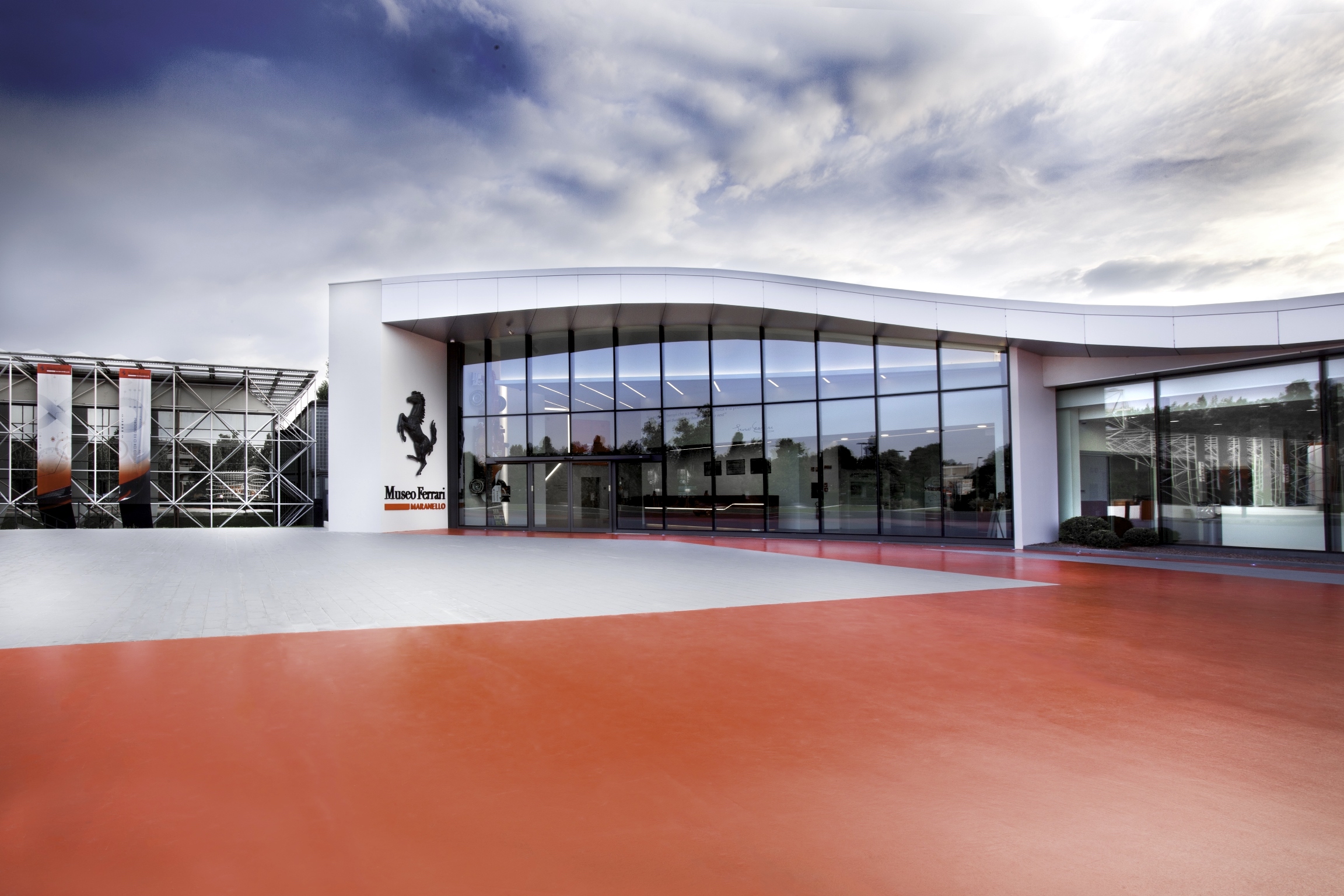1929-1932. Ferrari: The Scuderia, The Prancing Horse, Dino and the retirement
25 January 2021 5 min read 7 images

The profound crisis that shook America and had serious economic and political repercussions across Europe, began with the Wall Street crash on 29th October 1929. Enzo Ferrari, with the fundamental financial support of partners and drivers, founded Scuderia Ferrari on 16th November of the same year. Perfect timing? Yes, but it wasn’t deliberate: Ferrari, a brilliant Alfa Romeo driver, troubled by the numerous disagreements with his wife, Laura, and burdened by the fear of having a fatal accident during a race, had already thought about creating a structure that would take care of organizing the participation of semi-professional drivers at the races, men who were always well-off, which is not an insignificant fact – and provide assistance and maintenance for the cars.
Register to unlock this article
Signing up is free and gives you access to hundreds of articles and additional benefits. See what’s included in your free membership. See what's included in your free membership.
Already have an account? Log In
